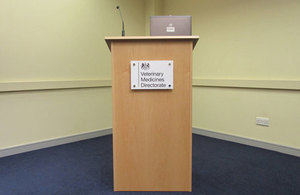Press release: ‘Upskirting’ now a specific crime as bill receives Royal Assent
‘Upskirting’ perpetrators face two years in prison and being placed on the sex offenders register, as a new law making the act a specific criminal offence is expected to receive Royal Assent today (Tuesday 12 February).


